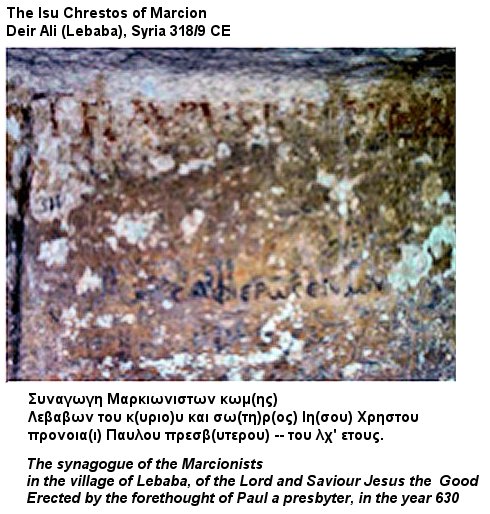 Yes, I know it is impossible to actually determine what that shape in the Mediterranean is until we send divers down to take a sample. But it is fun to speculate. I went to a site on Roman concrete developed by an engineer called - you guessed it - www.romanconcrete.com - and asked if Rome was technologically advanced enough to engineer such a feat. His son responded and gave me the following response:
Yes, I know it is impossible to actually determine what that shape in the Mediterranean is until we send divers down to take a sample. But it is fun to speculate. I went to a site on Roman concrete developed by an engineer called - you guessed it - www.romanconcrete.com - and asked if Rome was technologically advanced enough to engineer such a feat. His son responded and gave me the following response:Roman concrete was a true "hydraulic" concrete, meaning it used a hydraulic cement to bond together the aggregate rock that is in all concretes. The American Society for Testing & Materials (ASTM) defines a hydraulic cement as one that creates a chemical reaction when it comes in contact with water (hydration) and will cure under water.
The mortar in Roman Concrete is a true hydraulic cement because a chemical reaction takes place between the pozzolanic sand and the slaked lime that the Romans mixed together to create their concrete. This mixture will harden under water, and will resist erosion under water, just as our modern concretes do.
It is interesting that you should ask this question because just last night I was re-organizing some reading material next to my bed, and ran across a set of articles my father had bound together and given me, which he thought were key articles on investigations into the components in Roman concrete. One of the articles in the collection specifically talks about Roman maritime structures using Roman concrete. The full title of the scientific paper is:
"The ROMACONS Project: A Contribution to the Historical and Engineering Analysis of Hydraulic Concrete in Roman Maritime Structures", by
John P. Oleson, Dept of Greek and Roman Studies, Univ. of Victoria, Canada
Christopher Brandon, Pringle Brandon Architects, London
Steven M. Cramer, Dept of Civil and Env. Eng, Univ of Wisconsin-Madison, Madison, WI USA
Roberto Cucitore and Emanuele Gotti, CTG Italcementi Group, Gergamo, Italy
Robert L. Hohlfelder, Dept of History, Univ of Colorado, Boulder, CO, USA
The paper was published in The International Journal of Nautical Archaeology (2004) 33.2: 199-229, published by Blackwell Publishing Ltd, Oxford, UK.
I haven't read the article in a while, but if I remember right, they were taking core samples out of blocks of Roman concrete that the Romans had poured in the ocean to see how strong they were, and they were attempting to recreate the same material. You might want to get a copy of the paper or contact some of the authors to see what their take on your theory is.
There are many examples of harbor works in which breakwaters and harbor piers were made by the Romans using Roman concrete and they are still in existence today. That said, however, I am not aware of any structures where they used Roman concrete for the foundation of a building out in or near the ocean. That's not to say it couldn't be done, but I'm not aware of any.
In the case of the structure at Alexandria, my guess is that it would be pretty easy to tell if it was made from Roman concrete. Someone would have to take a core sample, and see what it was made of. Another clue would be to determine if there are any other examples of Roman concrete in the Alexandria area - especially above ground. One problem with this is that I don't think there were any pozzolanic sands near Alexandria, so all the pozzolan might have to be shipped in. But thats not to say it couldn't be done.
Another interesting connection might be the theory put forward by some Frenchmen that the blocks in the Pyramids were made from a type of concrete, instead of being cut stone. I can't remember the Frenchmen's names right off hand, but when I talk to my father tonight on the phone, I will ask him. I'm not sure that anyone else agree's with the Frenchmen's claims, but it is another interesting theory. I personally wouldn't put too much hope in that thread.
Anyway, hope this is helpful to you. I read part of your "blog" and found it to be interesting. I spend a lot of time on Bible study from a Christian and spiritual-based perspective myself, but I am always interested in Bible history and how the people lived and thought in those times. So I hope to read your blog in more detail as I have time.




























